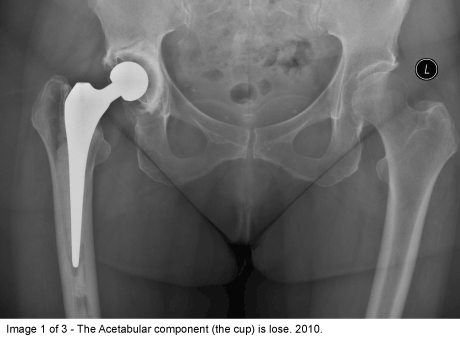- info@patricklusty.co.uk
- 07973 886638
Revision Hip Repalcement
 Modern joint replacements are expected to have a long working life. An artificial joint is a mechanical device and like any all mechanical devises they can wear out. The best implants have less than one in twenty failing after 10 years of use. Modern articulating surfaces using ceramic to replace the top of the thigh bone (femoral head) dramatically reduce hip wear.
Modern joint replacements are expected to have a long working life. An artificial joint is a mechanical device and like any all mechanical devises they can wear out. The best implants have less than one in twenty failing after 10 years of use. Modern articulating surfaces using ceramic to replace the top of the thigh bone (femoral head) dramatically reduce hip wear.
A revision hip replacement is a larger more complicated procedure than the first replacement. The same risks are present as for primary replacement but they are increased. Recovery is likely to be slower than for primary surgery with a slightly longer hospital stay. The old hip replacement is removed and a larger revision implant is put in place.
Surgery
All of my hip replacements are performed through the posterior approach. This avoids cutting muscles important in walking allowing a more rapid recovery and preventing a long term limp. I have been using this technique for revision surgery as a consultant since 2007. I am the largest local user of modern metal augments to rebuild the hip joint. These allow an anatomical reconstruction of the hip (the hip can be remade more like the original hip).
Clips and drains
Patients do not usually have clips or sutures to remove. Some patients may have a drain which is removed on the morning after surgery.
Pain
This is the biggest concern of many patients having surgery. Modern techniques will allow better pain control and a more rapid recovery. Analgesia is started before surgery. Pain is now not usually a significant feature of revision hip replacement surgery.
Recovery
The emphasis needs to be on rapid recovery, rather than rapid discharge.

